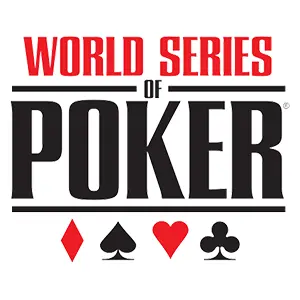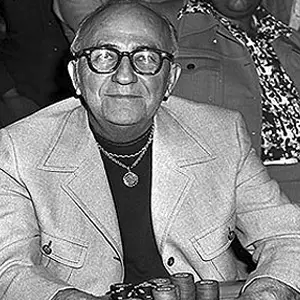The Beginnings
The beginnings of the World Series of Poker

In 1969, Tom Moore and Vic Vickrey had an idea. They wanted to bring the best-known poker players to the Holiday Casino in Reno, Nevada. Moore was a part owner of this casino. They called the event the Texas Gamblers Reunion. Poker games then were informal, with road gamblers traveling from town to town. This event planted the seeds for what we now know as the World Series of Poker.
The format included high-stakes cash ring games. Notable players included Doyle Brunson, “Amarillo Slim” Preston, Jimmy “The Greek,” Johnny Moss, “Minnesota Fats,” and Puggy Pearson. They weren’t playing for a championship. The goal was to provide an opportunity to sit together at one location and renew old acquaintances. Nevada was the only state where gambling was legal, offering a break from worrying about police busts or robberies.
Benny Binion, the owner of the Horseshoe Casino in Las Vegas, attended the event. He was inspired by the idea. He thought, why not host an annual event at his casino, bringing together the best poker players? In 1970, the World Series of Poker was born.
Poker was not as popular back then. Nevada had only about 70 poker tables. Poker was a small part of the casino business. The event wasn’t a money-making enterprise. Binion’s personal love for poker and his vision for its future inspired the event.
The first WSOP

Binion invited the seven best poker players in America. These were Doyle Brunson, Johnny Moss, Amarillo Slim, Sailor Roberts, Puggy Pearson, Carl Cannon, and Crandell Addington. The format was cash ring games. To decide the winner, players voted on who they thought was the best. Johnny Moss became the first winner after a second voting round. He received a silver cup for his efforts.
In 1971, Binion decided to improve the format. The winner should be determined by competition, not votes. The format changed to a freeze-out tournament. Players received an equal number of chips. When you lost all your chips, you were out. The last man standing became the champion.
Each player put up $5000, a substantial sum at the time. Only six players entered the main event. Johnny Moss defended his title and won $25,000. Other events were also added that year. These included four preliminary events with $10,000 prizes. Winners included Puggy Pearson, Jimmy Casella, Bill Boyd, and Johnny Moss.
Growth over the years
More preliminary championships were added over the years. The main event became No Limit Texas Hold’em. This continues to this day. From modest beginnings, the WSOP grew into a huge annual event. Initially, it was known only to a small circle of players and a few people in Las Vegas. It received no media coverage. All of that would change dramatically in the years to come.
World Series of Poker history
- The Beginnings
- Things Start Taking Off
- The Roaring Eighties
- The Early Nineties
- Silver Bars To The Comeback Kid
- Jack Binion Gets Forced Out
- The New Millenium
- The WSOP Gets Its World Rocked
- Harrah’s Takes Over
- The WSOP Moves To The Rio
- The WSOP Grows One More Time
- The Empire Strikes Back
- The November Nine Begins
- Once In A Blue Moon
- The 2010 Championship
- The 2011 WSOP Final Table Preview
- The 2011 WSOP Championship
- The 2012 World Series Of Poker
- The 2012 WSOP October Nine